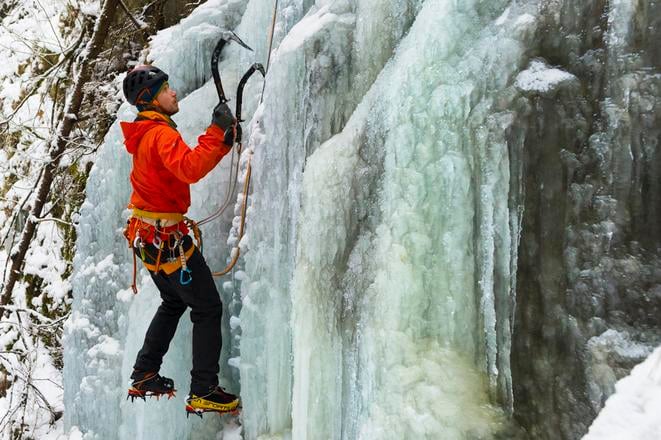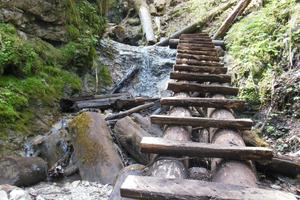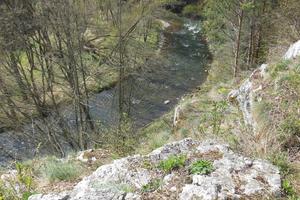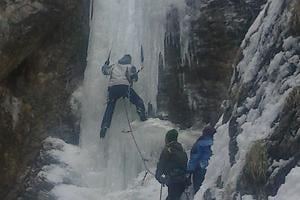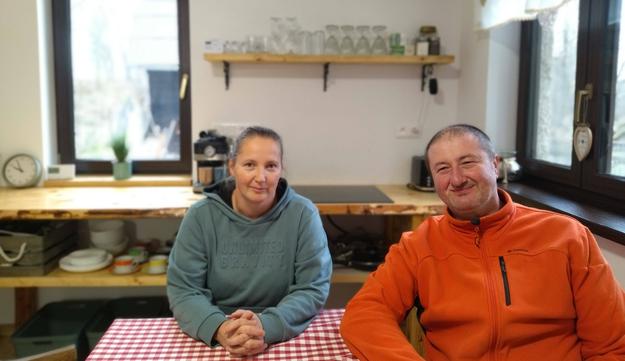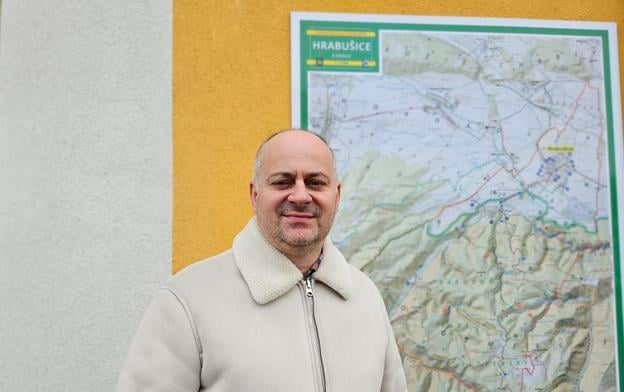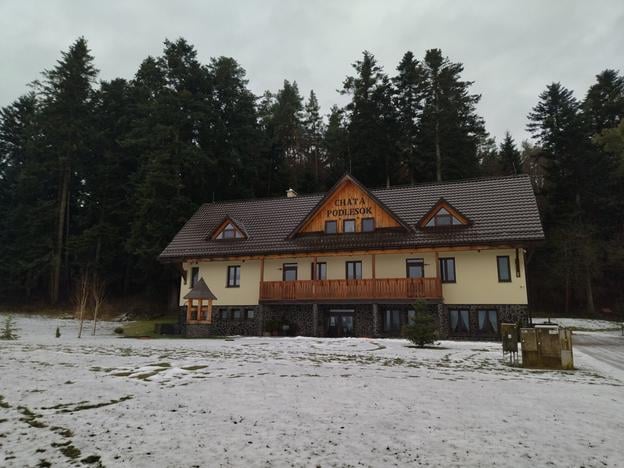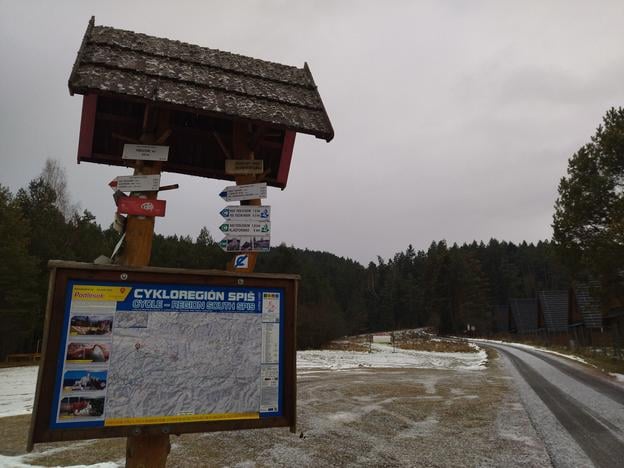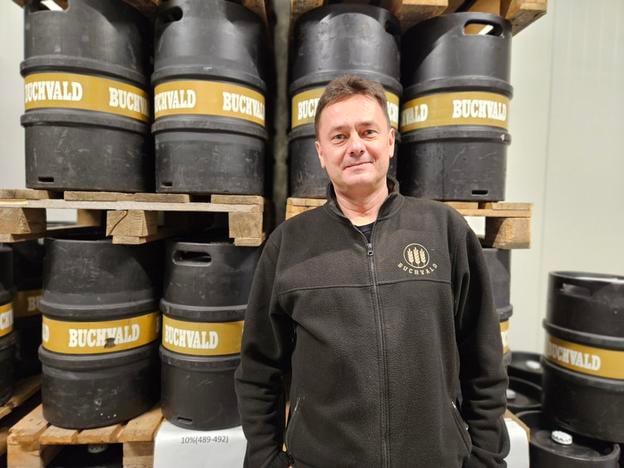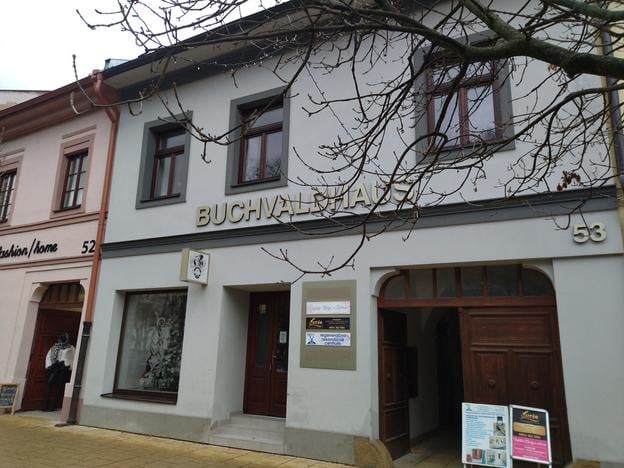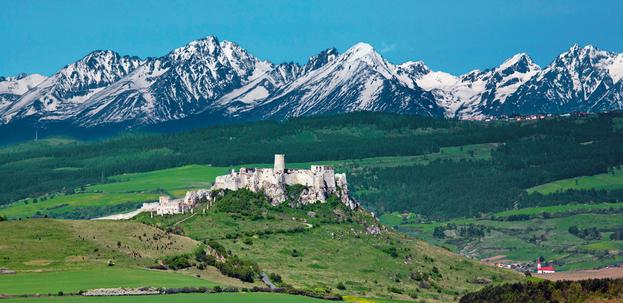You can read this exclusive content thanks to the FALATH & PARTNERS law firm, which assists American people with Slovak roots in obtaining Slovak citizenship and reconnecting them with the land of their ancestors.
For Jurina Krafčíková and Dušan Bábel, the journey began with aspirations of teaching and exploration. After graduating as educators in Slovakia, the couple set their sights on England, a move that promised both professional growth and the opportunity to refine their language skills.
Their time in England proved fruitful. They honed their expertise, secured work in their chosen fields, and even purchased a house in London. But life had other plans.
When the couple welcomed their two daughters, the complexities of raising a young family far from home became apparent. The absence of familial support, particularly the comforting presence of grandparents, prompted a reassessment of their future.
Eight years ago, Bábel and his family returned to Slovakia, settling in Hrabušice, his hometown. Nestled at the gateway to Slovak Paradise National Park, the village became the foundation of their foray into the tourism industry.
Using their savings, they first purchased an older house in the nearby village of Štôla, near the High Tatras, and turned it into a successful rental property. Back in Hrabušice, they renovated Bábel's parents' house, transforming the upper floor into tourist accommodations. A small outbuilding in the expansive yard was similarly converted for guests.
Buoyed by these ventures, they acquired another older property in Podlesok, a popular camping destination close to Slovak Paradise. After extensive renovations, this too became part of their growing portfolio of holiday rentals.
Year-round season
Historical names of towns and villages in the Spišská Nova ves district
Today's territory of Slovakia was part of different monarchies throughout history, including the Austro-Hungarian Empire from 1867 until 1918. Until 1992, with the exception of the inter-war years 1939-1945 during which the Nazi-aligned Slovak state existed, the territory was a part of Czechoslovakia. As a result, the current names of Slovak municipalities were different.
Here's a list of the largest municipalities in the Stará Ľubovňa and Kežmarok districts with their historical names:
Spišská Nová Ves - Igló
Bystrany - Ágostháza
Hrabušice - Káposztafalva
Krompachy - Korompa
Letanovce - Létánfalva
Markušovce - Márkusfalva
Rudňany - Ötösbánya
Smižany - Szepessümeg
Spišské Vlachy - Szepesolaszi
Žehra - Zsigra
During The Slovak Spectator's visit in late November, we met guests from England and learned that visitors from the Czech Republic were expected soon. “Slovak Paradise is not closed in winter; the season is year-round, even if it tends to be quieter in the autumn,” explains Bábel. In the summer, they find managing and maintaining their three rental properties particularly challenging.
“We tried hiring someone for cleaning, but they weren’t reliable, so we ended up doing it ourselves,” Krafčíková shares. Until recently, she also worked as a teacher but found it difficult to balance her teaching duties with running their business. Ultimately, she decided to focus entirely on the rentals.
Bábel highlights that many positive changes have taken place in the village and Slovak Paradise National Park in recent years. “We have a capable mayor with experience in tourism, and it shows,” he adds.
Wind of change
In Podlesok, numerous improvements have been made over the years, including new cottages, restaurants, and enhanced infrastructure for cyclists.
In addition to renting electric bicycles, there is now a repair station and secure storage boxes available. Visitors who wish to hike into Slovak Paradise can leave their bikes behind and continue on foot. Notably, the entire campsite in Podlesok is owned by the municipality, which funds these new amenities, including the parking lot.
The campsite is closed in winter due to freezing water, but tourists continue to visit the national park. During the colder months, visitors can climb a frozen waterfall in Slovak Paradise with a guide based directly in Hrabušice.
Two birds with one stone
In Hrabušice, a village with 2,500 inhabitants, many new houses have been built, and most of the older ones have been renovated. Every other house offers private accommodation for tourists. Residents have recognised the potential of tourism, much like their neighbours in the Liptov region, and have found it to be a lucrative opportunity.
One of the beautifully restored historical buildings in the village is Urbársky dvor. Owned by the Forestry Association—a key player in tourism as it manages land within the national park and its surrounding areas—the building is an example of how locals have embraced the sector.
The mayor of Hrabušice, Marcel Kacvinský, tells The Slovak Spectator that he entered municipal politics to steer the village toward tourism development. Previously, he had run a business in the industry, operating a restaurant, renting rooms, and managing an e-bike rental company.
According to Kacvinský, Hrabušice is only beginning its journey in tourism development. Since taking office two years ago, he has significantly increased the municipality's income from the accommodation tax and fees paid by tourists for using the ladders in Slovak Paradise National Park. His strategy was simple but effective.
He combined the accommodation tax with a contribution for the use of ladders and trails in Slovak Paradise, encouraging tourists to request proof of tax payment from private accommodation providers. This tax receipt also covered the fee for using the national park.
While there is no direct entrance fee to Slovak Paradise, visitors must pay a symbolic fee—€3-4 per day—if they wish to climb the ladders.
“This approach has helped us partially address the issue of unregulated accommodations and has increased revenue for maintaining and revitalising the ladders and trails in Slovak Paradise,” the mayor explains.
The income from the accommodation tax has risen significantly in the past two years, according to figures shared by deputy mayor Ladislav Novotný.
The number of visitors to the park entering via Hrabušice increased from 56,000 in 2023 to 74,000 in 2024. “The figures for this year’s summer season haven’t been fully included yet, so the increase is likely even higher,” Novotný notes. Income from the accommodation tax has surged from under €57,000 in 2023 to over €133,000 this year—a remarkable rise of 128 percent.
The village also earns income from the parking lot at the entrance to the Podlesok campsite. The municipality uses funds from taxes and fees to repair ladders in Slovak Paradise, some of which are nearly 40 years old.
“Recently, we’ve tried using agate wood, which is moisture-resistant and has a long lifespan. We also use metal ladders, but they don’t blend with the natural environment as well as wooden ones,” Kacvinský admits.
Our detailed travel guide to the Tatras explores the entire region surrounding the Tatra mountains, including highlights on the Polish side.
Overcrowding
In Podlesok, an electric bike rental service has been launched in partnership with the Košice Region. Initially, bikes were only available for full-day rentals at €25, a price many found too high, as not everyone wanted to ride for that long. Drawing on his own experience, the mayor advocated for the introduction of hourly rentals.
"The existing reservation system was cumbersome for users, so we decided to handle the payments ourselves and register them in the Košice Region's system," he explained, describing the improvements made for visitors.
However, the mayor has concerns about mass tourism, particularly in the popular Suchá Belá gorge, which attracts over 100,000 visitors annually due to its stunning waterfalls.
"We tried increasing the access fee to €4, but it didn’t deter visitors, especially Poles, who now outnumber Slovaks in Paradise. Many still visit the gorge, though during summer they often queue by the ladders," adds Kacvinský.
A digital information board has been installed in Podlesok, showing the current number of visitors in the national park, but unfortunately, few people seem to notice it.
"While we can’t prevent tourists from entering the forest, we try to redirect them to other gorges, for instance via the train service to Píla," explains Novotný.
To better manage crowds, efforts are underway to open new routes within the national park to distribute visitors more evenly. "Suchá Belá and Sokolia dolina are challenging hikes, so we aim to create easier paths for families with children," he outlines.
For example, they have opened Tiesnina and revitalised Blajzloch with help from the Forestry Association. These improvements not only enhance the visitor experience but also promote safety by reducing overcrowding and the risk of accidents.
More nights and fewer tourists
The municipality faces the challenge of increasing the number of overnight stays in the Slovak Paradise National Park and the surrounding region, as more than half of visitors currently come for just one day.
Deputy Mayor Novotný highlights the park's strategic location near both Poland and Hungary, offering significant potential for tourism. However, Kacvinský points out that while the Spiš region boasts numerous activities and destinations that could attract tourists for several days, local services have yet to reach the quality offered in Poland. Moreover, local prices are higher than in Poland, prompting many Czech tourists to favour visiting there.
Looking ahead, the mayor hopes to improve coordination of park entrance fees among the four neighbouring municipalities. Although they have already agreed on a unified fee structure, he believes further collaboration is needed.
“For example, Spišská Nová Ves is also interested in joining our national park entrance fee system. We need to find a solution that benefits everyone involved,” he says. One idea under consideration is a unified card offering various benefits across the region.
Novotný suggests taking inspiration from a system used successfully in the Austrian Alps, where tourists pay a fee to access discounts on services and transportation between resorts.
“The benefits work there. Here, people feel they pay a lot but don’t receive enough value in return. We need to change that. People should feel they’re getting good value for their money,” he adds.
He envisions improvements such as better hotels with wellness facilities, along with more restaurants and cafes. “We don’t have a major investor, unlike Vysoké Tatry, so we must find ways to support ourselves. An apartment complex is already under construction here, which is a positive development,” concludes the mayor of Hrabušice.
Microbrewery goes against the flow
The Buchvald Brewery is located in the industrial zone of Spišská Nová Ves.
Peter Novotný, the head brewer and owner, told The Slovak Spectator that his journey into brewing started in a completely different industry. He owned an electrical engineering company and co-owned a mountain hotel in the Porač Park ski resort. As a beer enthusiast, he initially started brewing beer as an extension of his hotel, but this hobby soon turned into a passion, leading him to establish a full-fledged brewery.
In 2012, Novotný opened a small restaurant brewery in Poráč. However, as demand grew, the hotel premises became increasingly inadequate for brewing. Six years later, he relocated to larger facilities in Spišská Nová Ves, where the brewery still operates today.
Novotný also opened the Buchvaldhaus beer hall in the city centre. He now brews approximately 3,500 hectolitres of beer annually, with his lagers available not only in Spišská Nová Ves and Poráč but also on tap in Košice.
Unlike many small breweries, Buchvald Brewery doesn’t focus on specialty beers but instead prides itself on crafting a classic, authentic lager. “Top-fermented beers are easier to brew, but we’ve chosen the more challenging path,” Novotný said. Their lager is aged in vats for 12 weeks.
The microbrewery owner highlights their traditional production method as a key differentiator from both small and large competitors. He personally enjoys drinking lagers and strives to excel in their production. “I don’t particularly like specialty beers, but I’ll have them when I’m out at the pub,” he adds.
Beer nomads not welcome
Novotný avoids collaborating with nomadic breweries, questioning the logic of building a brewery only to let competitors brew their beer there. He likens it to a restaurant owner who establishes a brand but serves pre-packaged food from another establishment. This highlights his stance on breweries that lack their own premises yet host others.
Interestingly, nomadic breweries often outperform the host brewery in terms of success, primarily due to superior marketing strategies.
At the Buchvald Haus pub, the menu is carefully curated to feature food that pairs well with beer, and this choice is intentional. Novotný explains that serving large meals, such as a smoked pork knuckle, reduces beer consumption. As a result, the pub offers smaller dishes designed to complement the beer experience.
Looking ahead, Novotný plans to maintain the quality of his beer while attracting more tourists. He notes growing interest in Spiš tourism, particularly among Czech visitors, who often come based on positive recommendations about their lager.
Beyond Slovak Paradise, Novotný hopes to draw attention to other attractions in the Spiš region, including its historical towns and observation towers, many of which remain unknown to tourists.
“The promotion of Spiš and collaboration between cities and municipalities needs improvement. If we can keep tourists here for a week instead of just a weekend, everyone benefits,” he concludes.
Spectacular Slovakia travel guide
A helping hand in the heart of Europe thanks to our Slovakia travel guide with more than 1,000 photos and hundred of tourist spots.
Our detailed travel guide to the Tatras introduces you to the whole region around the Tatra mountains, including attractions on the Polish side.
Lost in Bratislava? Impossible with our City Guide!
See some selected travel articles, podcasts, and traveller info as well as other guides dedicated to Nitra, Trenčín Region, Trnava Region and Žilina Region.


